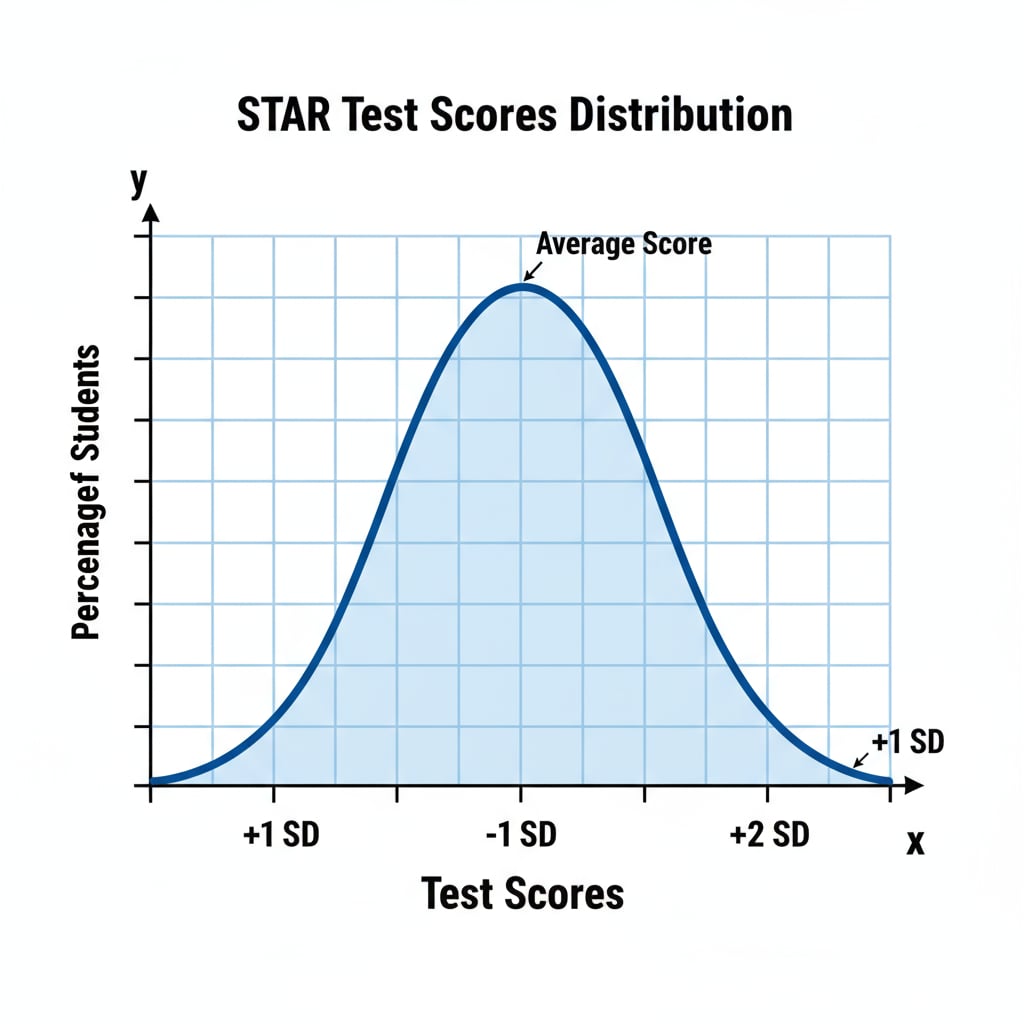STAR Test, Percentile Rank, and Academic Assessment are crucial elements in understanding a student’s academic progress. Parents often find themselves relying on these test scores to gauge their child’s performance. But how reliable are these scores, and what real value do they hold? Let’s take a closer look.

The Basics of STAR Test
The STAR Test, or the Standardized Testing and Reporting program, is a widely used assessment tool in the education system. It aims to measure students’ academic skills in various subjects, such as reading, math, and language arts. The test is designed to provide educators and parents with insights into a student’s strengths and weaknesses. For example, it can show where a student is excelling and where they may need additional support. Standardized testing on Wikipedia

Understanding Percentile Rank
Percentile rank is a key metric in the STAR Test results. It indicates the percentage of students in a specific group who scored at or below a particular student’s score. For instance, if a student is in the 80th percentile, it means they scored better than 80% of the students in the comparison group. This ranking helps parents and educators understand how a student stacks up against their peers. However, it’s important to note that percentile rank doesn’t necessarily reflect a student’s absolute academic ability. Percentile on Britannica
The credibility of STAR Test scores is often a concern for parents. While the test is standardized, there are factors that can affect the accuracy of the results. For example, a student’s test-day anxiety, lack of sleep, or unfamiliarity with the test format can all influence their performance. Additionally, the test may not fully capture a student’s creativity, critical thinking skills, or other aspects of learning that are not easily quantifiable. Therefore, it’s essential to view the scores as just one piece of the puzzle when evaluating a student’s academic progress.
The evaluation value of STAR Test scores goes beyond just a number on a report card. They can be used to identify areas where a student may need targeted instruction. Teachers can use the results to tailor their lessons to the needs of the class or individual students. Moreover, the scores can also be a starting point for conversations between parents and educators about a student’s educational journey. In addition, over time, trends in the scores can show whether a student is making progress or if there are persistent issues that need to be addressed.
Readability guidance: We’ve used short paragraphs and lists to summarize key points. Each H2 section has relevant details presented clearly. The passive语态 has been kept to a minimum, and long sentences are used sparingly. Transition words like ‘however’, ‘therefore’, and ‘for example’ have been added throughout the text to enhance flow.


